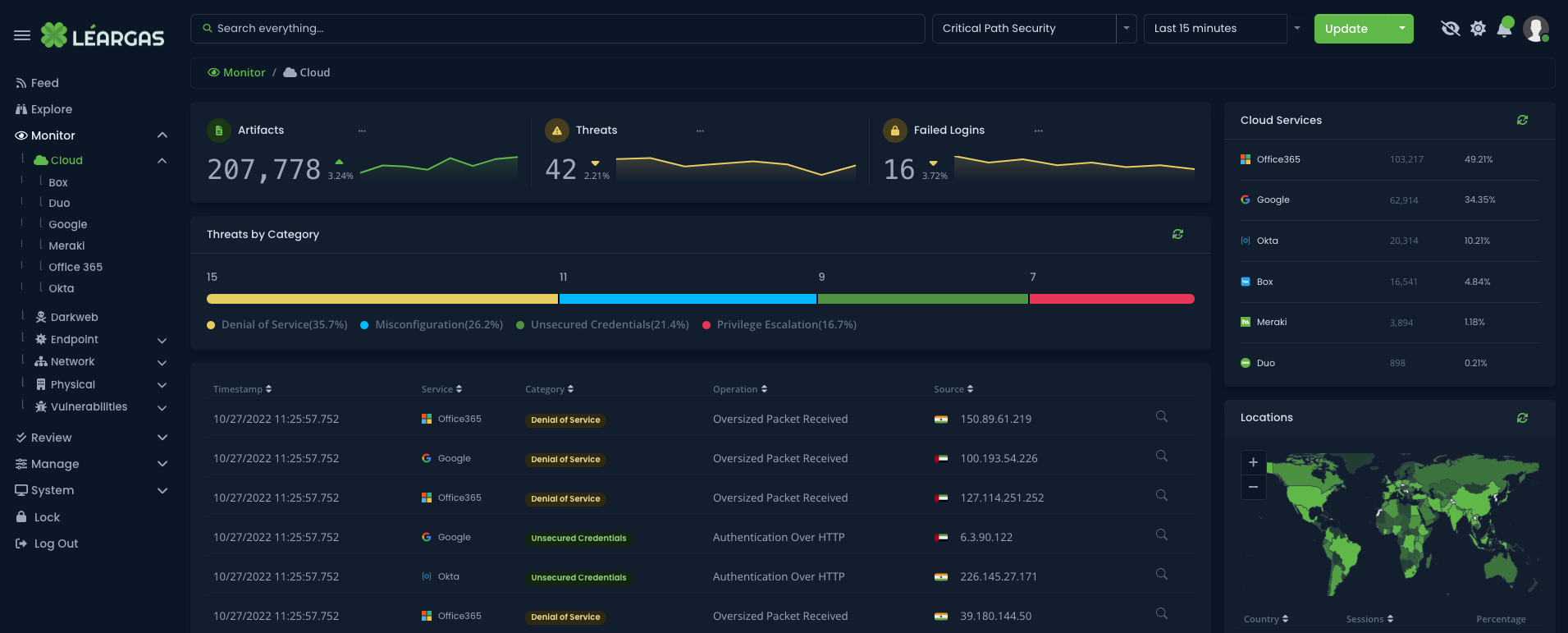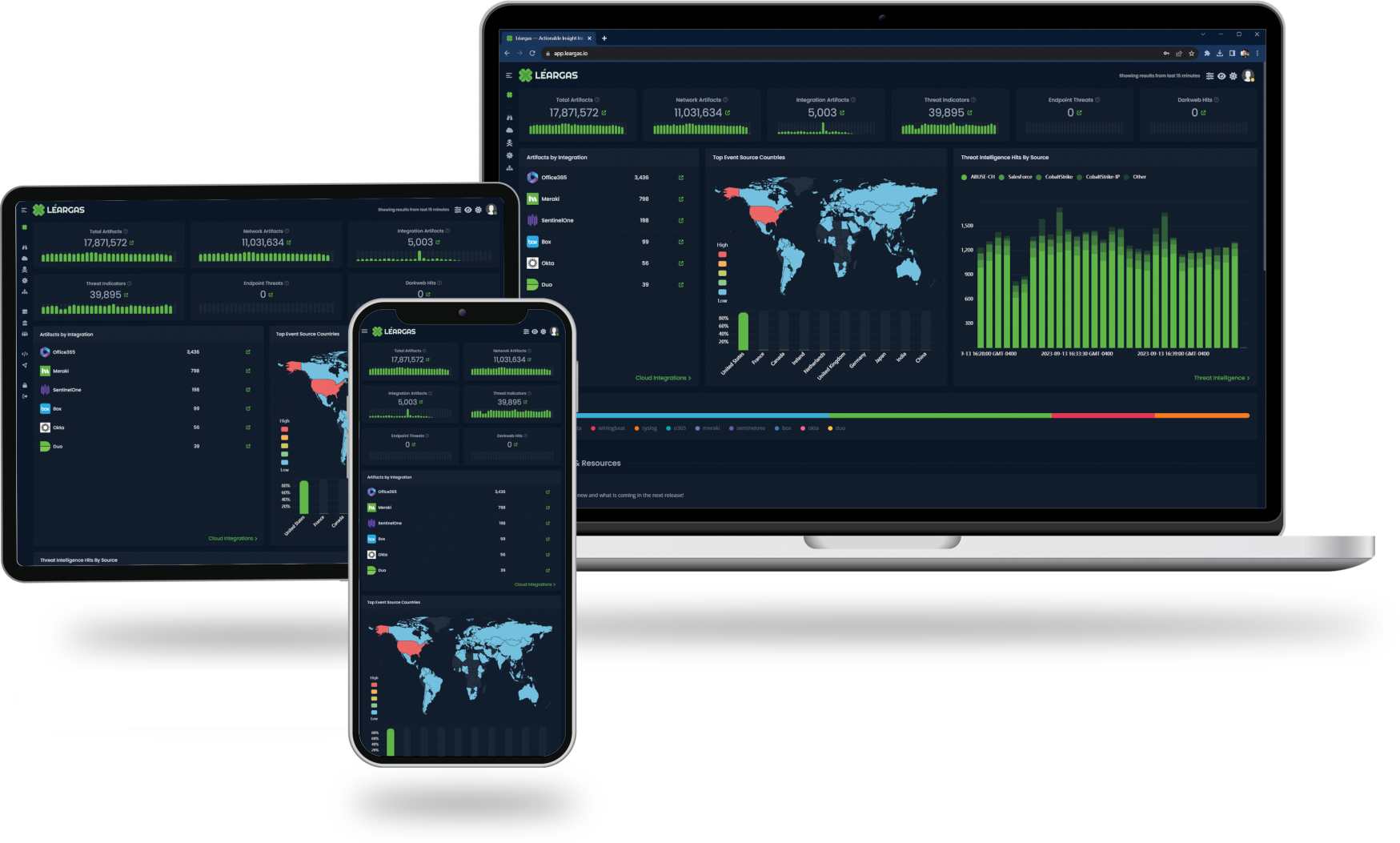
BLOG
Visibility and Log Fidelity – Recommendations

In the world of cybersecurity, adequate visibility and log fidelity are critical components in ensuring the necessary security of your organization's assets. As cyber threats continue to evolve and become more sophisticated, it's essential to have a comprehensive view of your many networks, cloud assets, and endpoints, provides and the ability to identify potential security incidents quickly.
Breaking these components down, "Visibility" refers to the level of insight you have into your organization's activity. This insight includes understanding how your network operates, what devices are connected to it, and the types of traffic flowing through it. In essence, visibility provides a complete picture of your organization's landscape, allowing you to identify and address potential security issues proactively. Adequate amounts of log fidelity will be required to raise the confidence in the assertions made by the analyst.
"Log fidelity", on the other hand, refers to the accuracy and completeness of the data collected. It's essential to collect logs from various devices in your organization to ensure that you have a complete picture of the activity. Log fidelity allows you to trace activity and identify potential security incidents with precision and speed.
Adequate amounts of log fidelity will be required to raise the confidence in the assertions made by the analyst, and more will always be better.
One might desire to collect the highest-fidelity of logs, but there are significant pros and cons to be considered. Some of the most important ones are outlined below.
Pros:
- Improved troubleshooting: Increasing log verbosity can provide more detailed information about system operations, making it easier to identify and diagnose issues.
- Better understanding of system behavior: With more detailed logs, it's easier to understand how a system is behaving, providing valuable insights into its operation.
- Improved security: Detailed logs can provide security teams with more information about potential security incidents, making it easier to identify and respond to them.
- Improved performance: In some cases, increasing log verbosity can help identify performance issues that might have gone unnoticed with less detailed logs. This is effectively implementing a SNR (Signal-To-Noise Ratio).
- Increased storage requirements: More detailed logs require more storage space, which can be a concern for systems with limited disk space.
- Licensing costs: Many SIEMs are built on a pricing model that could significantly increase the cost of platform, as the total volume of logs will increase.
- Increased processing overhead: Generating more detailed logs can require additional processing overhead, which can impact system performance.
- Reduced performance: In some cases, increasing log verbosity can cause a system to slow down, especially if there is a high volume of log data.
- Privacy concerns: Detailed logs can contain sensitive information, which can pose privacy concerns if not handled properly.
Here are some recommendations for log levels in cybersecurity:
- Use a consistent log level system: It's essential to use a consistent log level system across all devices and applications in your network. This ensures that all logs are categorized and prioritized in a consistent manner, making it easier to identify potential security incidents. Normalizing the log data in the earlier stages of collection will likely reduce the TCO (Total Cost of Ownership) of the platform.
- Use a minimum of three log levels: It's recommended to use a minimum of three log levels: information, warning, and error. This provides a basic framework for identifying potential issues while keeping log files manageable. Where possible, consider formatting the logs in JSON (JavaScript Object Notation) as it can lower the cost of normalization between other logs.
- Define log levels based on severity: Define log levels based on the severity of an event or activity being logged. This ensures that the most critical events are identified and addressed promptly.
- Define thresholds for log levels: Define thresholds for each log level based on the severity of the event or activity being logged. For example, a warning log may be generated when a device is running low on storage space, and an error log may be generated when a device has encountered an error.
- Define retention: Define the period of time that log data is kept and available for analysis. Retention policies define the length of time that log data is stored and are typically based on compliance requirements or organizational needs.
- Monitor logs in real-time: It's recommended to monitor logs in real-time to detect potential security incidents promptly. This can be done using Léargas Security, which can alert security teams when critical events occur.
- Regularly review and analyze logs: Regularly reviewing and analyzing logs can help identify potential security incidents that may have gone unnoticed. This can help security teams identify and address vulnerabilities and threats before they cause significant damage.
At Léargas Security, our goal is to work with our customers to determine their operational and regulatory needs, because it helps the organizations identify and manage security risks, comply with legal and regulatory requirements, establish effective security practices, and allocate resources effectively. By understanding their operational and regulatory needs, organizations can establish appropriate policies, procedures, and technical controls that mitigate risks and protect critical assets.
Need help? Contact us today at, sales@leargassecurity.com!
MORE FROM THE BLOG
SCHEDULE YOUR LÉARGAS XDR DEMO NOW
Take a proactive stance in safeguarding your digital assets.
SOLUTIONS FOR ANY SECTOR
Tailored Security Excellence for EMCs, Enterprises, Government, and MSSPs
Whether you're an Enterprise seeking fortified defenses, a Government entity safeguarding national interests, an EMC with vital assets to protect, or an MSSP looking to empower clients with cutting-edge security, Léargas has crafted specialized solutions for you.

© Copyright Léargas Security. All Rights Reserved.





